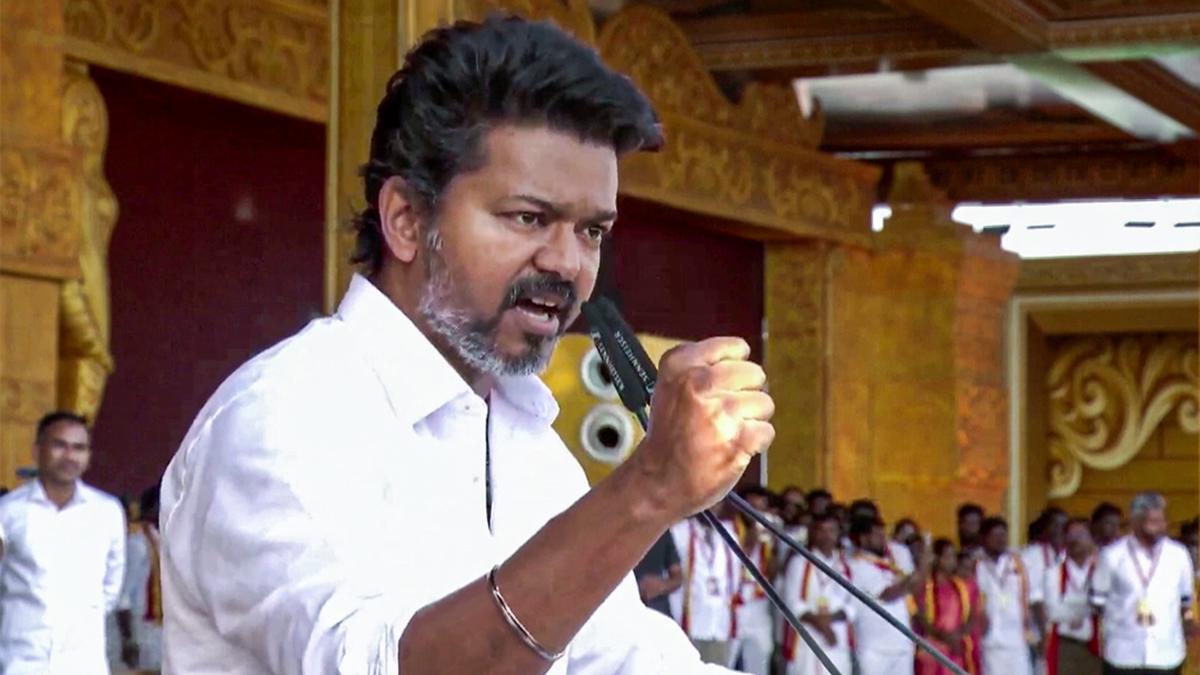Now Reading: Ramayana: A Timeless Epic’s Legacy
-
01
Ramayana: A Timeless Epic’s Legacy
Ramayana: A Timeless Epic’s Legacy

Rapid Summary
- The Ramayana was originally recited in Brahma Loka in a hundred crore verses, but sage Narada condensed it into a hundred verses, known as the Sankshepa Ramayanam.
- Sage Valmiki was inspired to expand this brief version after Brahma appeared adn blessed him with the ability to effortlessly write about truthful events.
- Brahma assured Valmiki that his version of the Ramayana would remain eternal and true as long as the world existed.
- Poet Kalidasa compared Valmiki’s Ramayana to a grand ship navigating an immense ocean, whereas he felt himself to be just a small boat exploring its vastness.
- Once completed, Valmiki shared the Ramayana with Rama’s sons Kusa and Lava, who narrated it for 32 days in Rama’s court, delighting him immensely.
- The epic can be recited in various durations-over one day to several weeks-and is believed to bring peace, happiness, prosperity, unity within families, and friendliness.
Indian Opinion Analysis
The narrative surrounding Valmiki’s creation of the Ramayana highlights India’s profound tradition of story preservation through oral transmission and written scripture that connects divine inspiration with human creativity. Brahma’s assurance about its eternal truth symbolizes India’s cultural emphasis on timeless moral values embedded within epics like the Ramayana.
Furthermore, Kusa and Lava’s recital underscores how knowledge is passed generationally-a cornerstone of Indian heritage that preserves unity across time. The versatility of reciting options demonstrates accessibility for individuals from varied lifestyles or cultural contexts seeking spiritual enrichment.
Valmiki’s hesitance yet eventual fulfillment reflects themes common across humanity-doubt coupled with perseverance under guidance-which remain universally relevant today beyond geographical borders or historical boundaries.
For deeper exploration: Read more





















